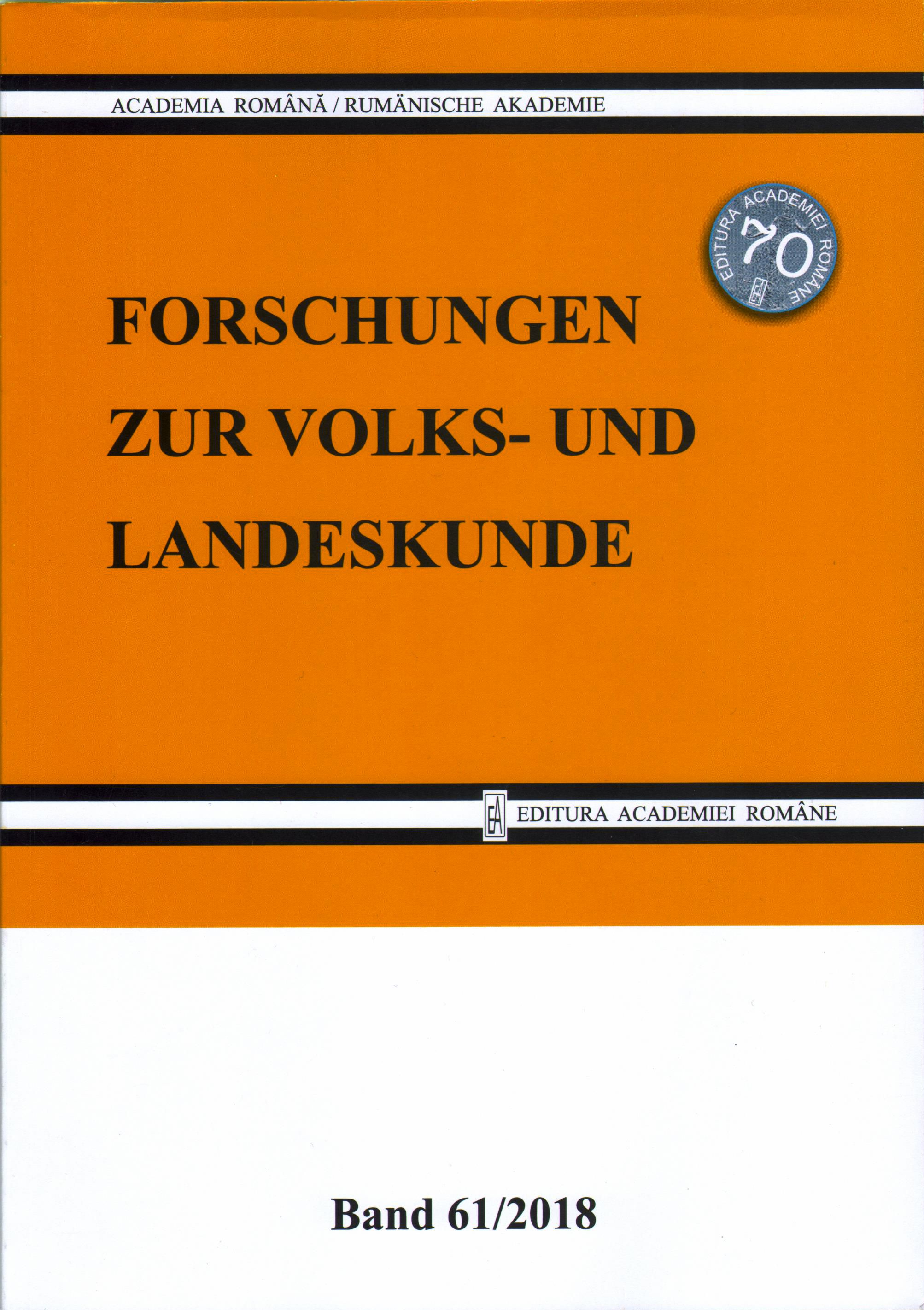„Ägrisch“ in deutschen siebenbürgischen urkundlichen Quellen und im Siebenbürgisch-Sächsischen. Etymologische Deutung des Lexems aufgrund entsprechender
Fachliteratur
“Ägrisch” in German Saxon Documentary Sources and in the Transylvanian-Saxon Language. The Etymology of the Lexeme Based on Relevant Specialist Literature
Author(s): Sigrid HaldenwangSubject(s): Sociolinguistics
Published by: Editura Academiei Române
Keywords: Documentary; Transylvanian; colloquial; standard language; gooseberry; Transylvanian-Saxon Dictionary, Northern Transylvanian-Saxon Dictionary;
Summary/Abstract: “Ägrisch” ['ᴂgriʃ], m. (w/o plural), as the name of a saxifragaceous plant, has been documented in German Saxon documentary sources starting with the latter half of the 15th century. Documentary and vernacular evidence cite the meaning of “gooseberry” (lat. Ribes grossularia) as well as the meaning of “wild/unripe grape”. Furthermore the term “Ägrisch”, alongside more specific determiners, identifies other saxifragaceous plants as well. From the vernacular, the lexeme has infiltrated the colloquial Transylvanian German. Recent philological research attributes it with the meaning “gooseberry” to Standard German in Romania. The latter part addresses the etymology of the term. The vernacular case examples are taken from the Transylvanian-Saxon Dictionary and the Northern Transylvanian Dictionary.
Journal: Forschungen zur Volks- und Landeskunde
- Issue Year: 2018
- Issue No: 61
- Page Range: 201-209
- Page Count: 9
- Language: German
- Content File-PDF

